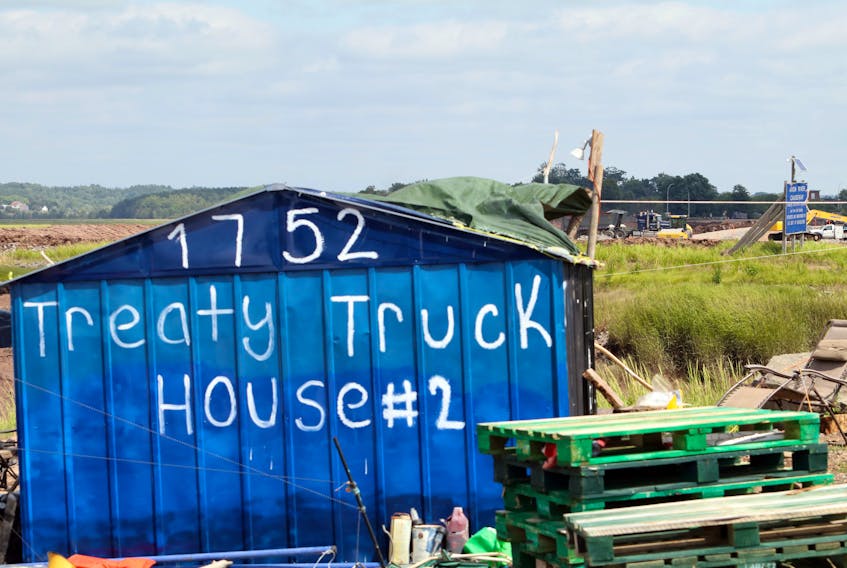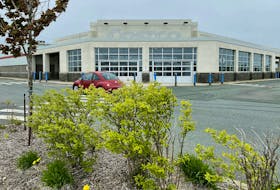The Sipekne’katik First Nation is demanding the Department of Agriculture open the gates of the Avon River Causeway to allow fish passage.
They’re also warning that they haven’t been adequately consulted on the design of the aboiteau that will replace the existing structure as part of the Highway 101 twinning project through the Windsor area.
On Tuesday morning, Sipekne’katik consultation lead Cheryl Maloney warned that the Supreme Court of Nova Scotia is on their side.
“It’s a whole new ball game now,” said Maloney.
“There’s a whole new way of doing business in Nova Scotia now.”
In April, Justice Frank Edwards put Alton Gas’ industrial approval to hollow salt caverns for underground natural gas storage on ice because the province hadn’t fulfilled its duty to consult First Nations.
Specifically, consulting a First Nation on a project’s environmental impact is not enough.

Edwards ruled that the province has to begin by consulting the First Nation on its claim to an area and then on the impact the project would potentially have on its treaty rights.
So while the Avon River causeway is 62 kilometres from Sipekne’katik First Nation’s reserve lands, it is within an area to which the First Nation claims title.
Members of the Sipeknkatik, Bear River, Annapolis and Glooscap First Nations have all been part of an ongoing protest against the causeway and aboiteau that have been blocking passage of numerous fish species to spawn since their construction a half-century ago.
They are joined by environmentalists who are fighting to have the causeways, built in the same time period across the other major rivers flowing into the Bay of Fundy, removed or at least partially opened up to greater fish passage.

Meanwhile there is a strong lobby whose members point out that the causeway protects agricultural lands upriver from salt water on the high tide and infrastructure in Windsor.
“The aboiteau is ultimately a flood control structure and must be able to control water levels, however, it is being designed with the flexibility to both allow fish passage and maintain water levels in Lake Pisiquid under a range of different scenarios,” reads a statement regarding the proposed causeway released earlier this year.
“The intent is for the new aboiteau structure to be designed in a way that would maintain a similar fresh water system while allowing for significantly improved fish passage. Details are still being developed.”
The province has promised to satisfy both camps with a design that allows greater fish passage than the current system but also protects upstream lands from intrusion of saltwater.
However, it hasn’t provided the design for the aboiteau it claims will accomplish this.
It also didn’t respond by deadline to a request for comment regarding Sipekne’katik First Nation demand for consultation.

Meanwhile, construction is going ahead on the Highway 101 twinning and the expansion of the Avon River causeway to accommodate two more lanes of traffic.
Construction on the aboiteau itself is scheduled to begin next year to allow for the entire project to be opened to traffic in 2022.
The Department of Transportation and Infrastructure Renewal already faced the challenge of getting the project passed by Fisheries and Oceans Canada on a tight time frame.
Maloney said the First Nation has refused the entreaties of the province to participate in consultation for the project under the environmental assessment process because it wouldn’t address their treaty rights to use of the affected watershed.
“The courts gave the province clear instructions on consulting with Mi’kmaw people,” said Maloney.









